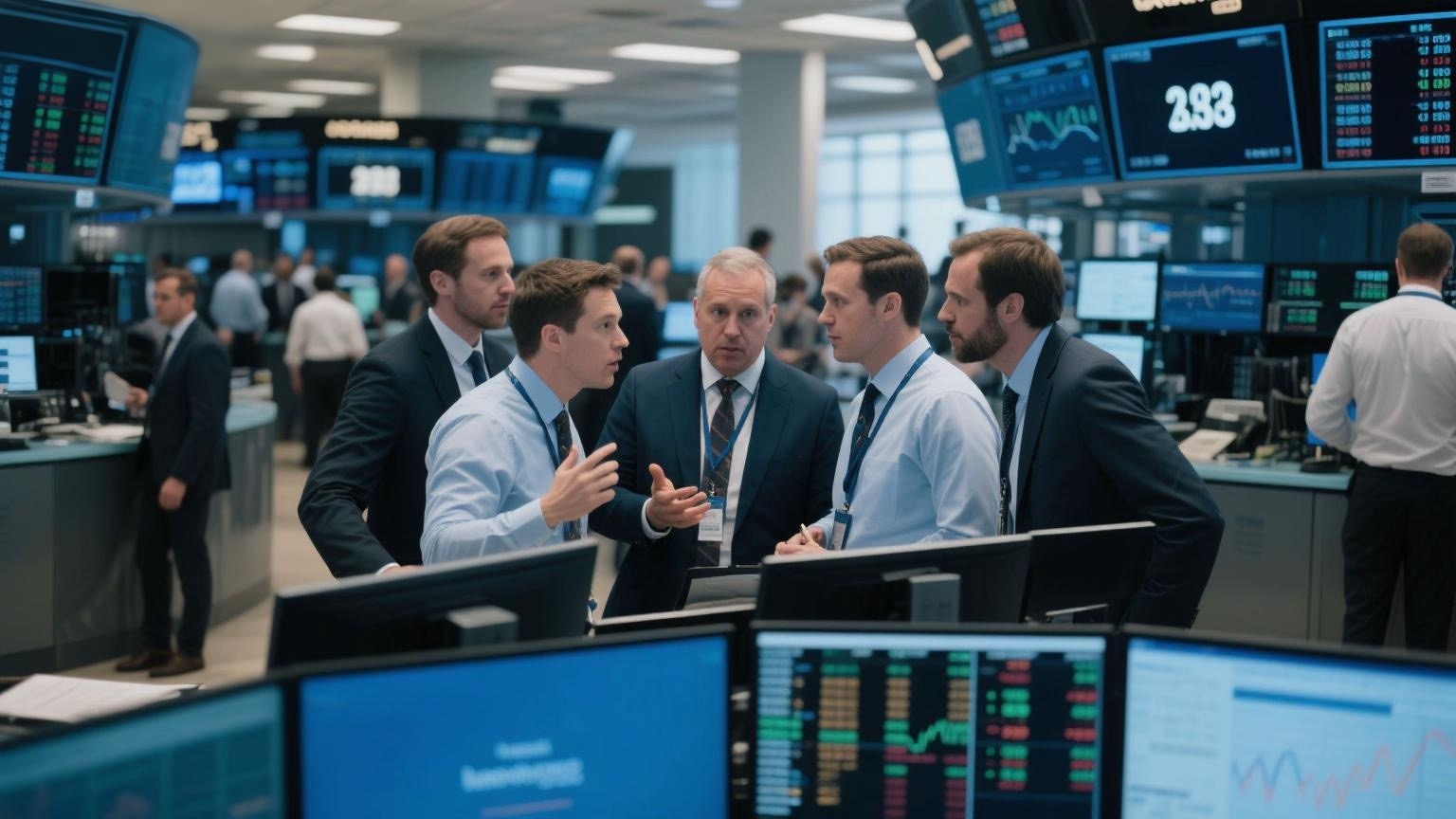
Leveraged trading involves using a small amount of capital to invest several times the original amount, aiming to achieve multiples of the return relative to the fluctuations of the underlying asset—or similarly, multiples of the loss. Since the changes in the margin (the small capital) do not move in proportion to the fluctuations of the underlying asset, the risk is very high.
Leveraged trading is also known as margin trading or virtual trading. It means investors use their own funds as collateral to obtain amplified financing from banks or brokers for forex trading, thereby magnifying their trading capital. The leverage ratio is typically determined by the bank or broker, and the higher the leverage, the less capital the client needs to commit.
Explanation
Internationally, leverage ratios range from 20:1 to 400:1. The standard contract size in the forex market is 100,000 units of the base currency (the first currency in a currency pair). If a broker offers 20:1 leverage, trading one lot requires a margin of 5,000 units (adjusted if the traded currency differs from the account’s margin currency). With 100:1 leverage, the margin required drops to 1,000 units. Banks and brokers can offer high leverage because the average daily volatility in forex is low (around 1%), the market operates continuously, and advanced risk management tools allow them to cover market fluctuations with minimal client margin—without taking on additional risk. Forex margin trading combines features of spot and futures trading, such as contracts and financing, but positions can be held long-term until manually or forcibly closed.
Advantages
Forex margin trading is the freest, fairest, and most advanced trading method in global financial markets. Its advantages include:
-
24-Hour Trading
Open 24 hours from Monday to Friday, allowing flexible entry and exit while avoiding overnight gap risks. Although intraday gaps may occur during scheduled news releases, they can be mitigated with pending orders or staying flat. The 24-hour schedule also suits working professionals, especially since peak activity (3 PM–11 PM local time) aligns with off-hours for stock and futures markets, making it ideal for a "second career." Medium- to long-term trades require even less effort.
-
Global Market
Participants include banks (central and commercial), financial institutions, importers/exporters, corporate treasuries, funds, and individuals. Daily turnover exceeds $2 trillion (IMF data), making manipulation impossible. This global scale aids technical analysis and accommodates large capital flows. Transparency is high, with real-time access to prices, data, and news.
-
Fewer Instruments
Forex focuses on six major pairs: EUR/USD, GBP/USD, AUD/USD, USD/JPY, USD/CHF, and USD/CAD. Their strong correlations simplify analysis.
-
Flexible Risk Control
With average daily volatility at ~1% and typical 100:1 leverage, risk/reward ratios range from 1%–100%, adjustable for skill levels. Beginners can start at 1% risk (e.g., trading 1K units on a $1,000 account). Margin trading can also mimic spot trading.
-
Two-Way Trading & Flexibility
Trade long or short in any currency (unlike spot forex), with T+0 settlement for intraday scalping. Limit/stop orders protect profits and limit losses.
-
High Leverage
Leverage enables flexible positioning but is a double-edged sword. Skilled traders can pyramid profits by adding to winning positions—potentially generating outsized gains—if risk is tightly managed.
-
Low Costs
No commissions; brokers earn via spreads (e.g., 3–5 pips, where 1 pip = 0.0001, except USD/JPY at 0.01). Overnight positions earn/pay interest based on currency yield differentials. Overall costs are minimal.
-
Low Entry Barrier
Accounts can be opened online or via fax with minimal documentation. Minimum deposits range from hundreds (mini accounts) to thousands (standard) of USD. Success depends on skill, not capital, allowing small accounts to grow rapidly—a viable path to wealth for salaried individuals.
















